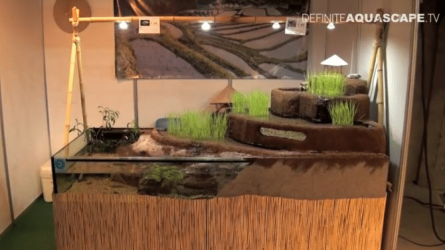DAnCSF
Fish Crazy
OMG what a great place, now to add add it to my "Visiting Japan must see list". The gallery is so very Japanese in it's esthetics and tank setups. Dang now I've got the aquascaping itch...I suspect that these projects take a lot of zen patience and learning, from what I saw there more of an emphasis on the aquascape verses the fish which is very different from the states view where it's more about the fish. Still it does give me lots of ideas for a 40 gal breeder/terrarium project I've got in mind. thanks for sharing EP.Check 3:41

